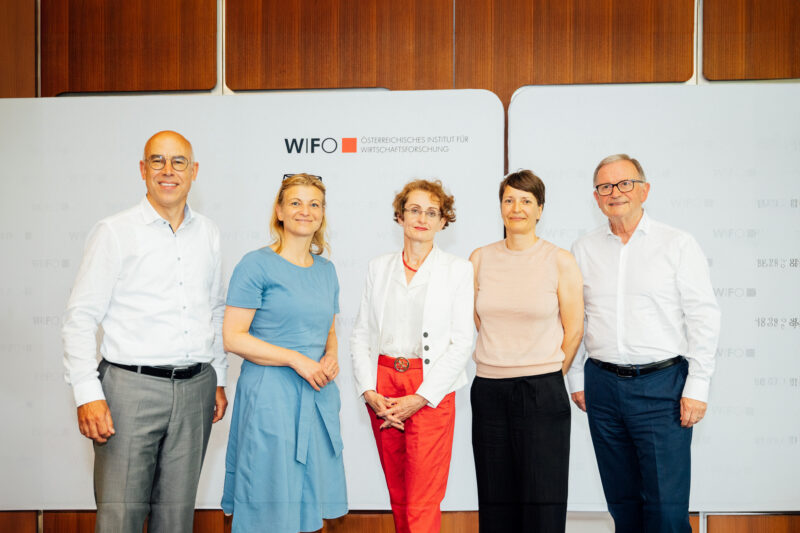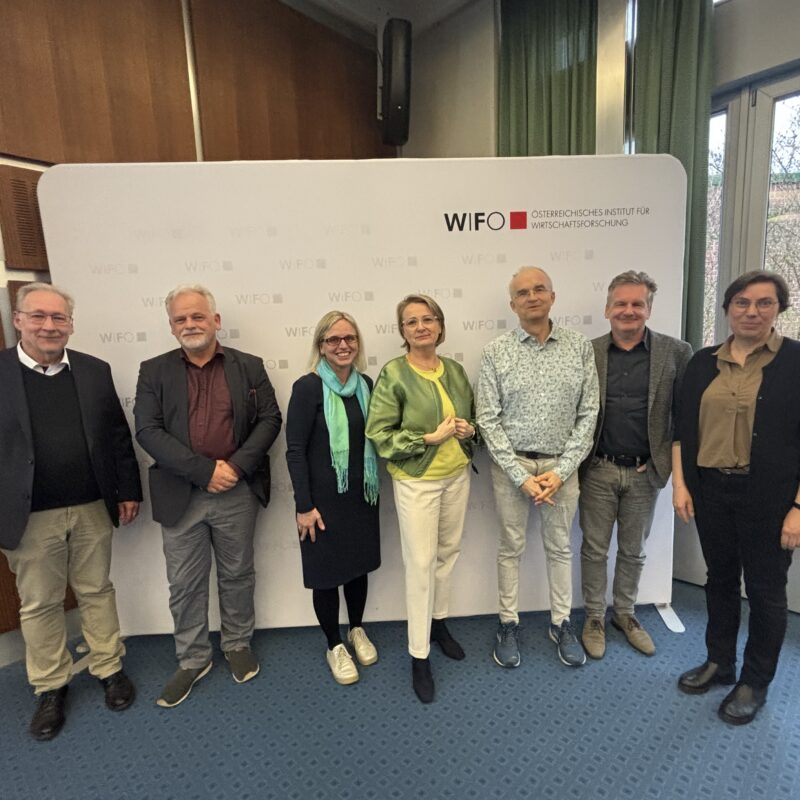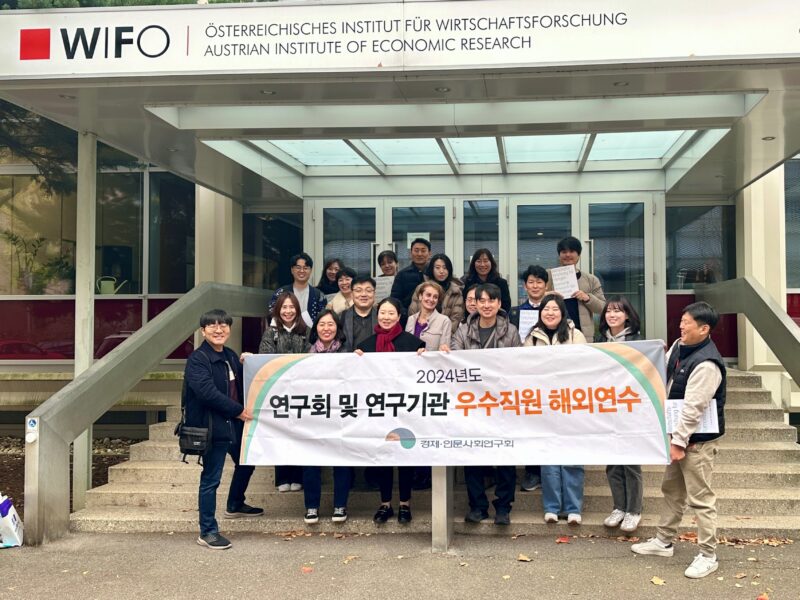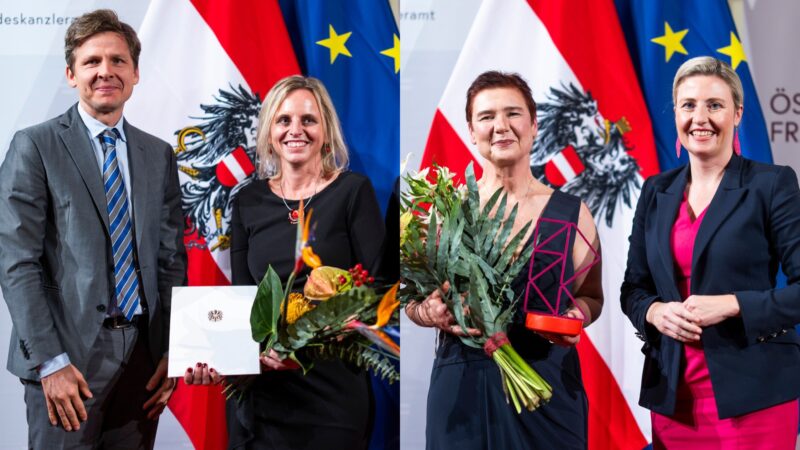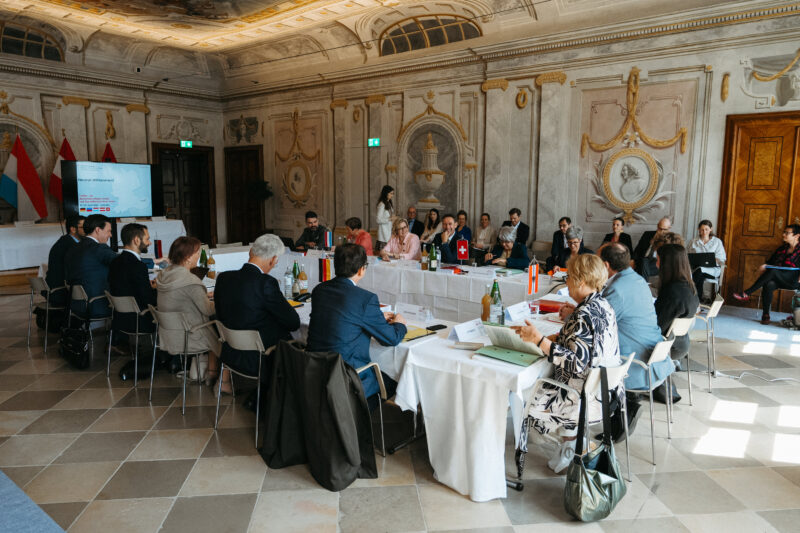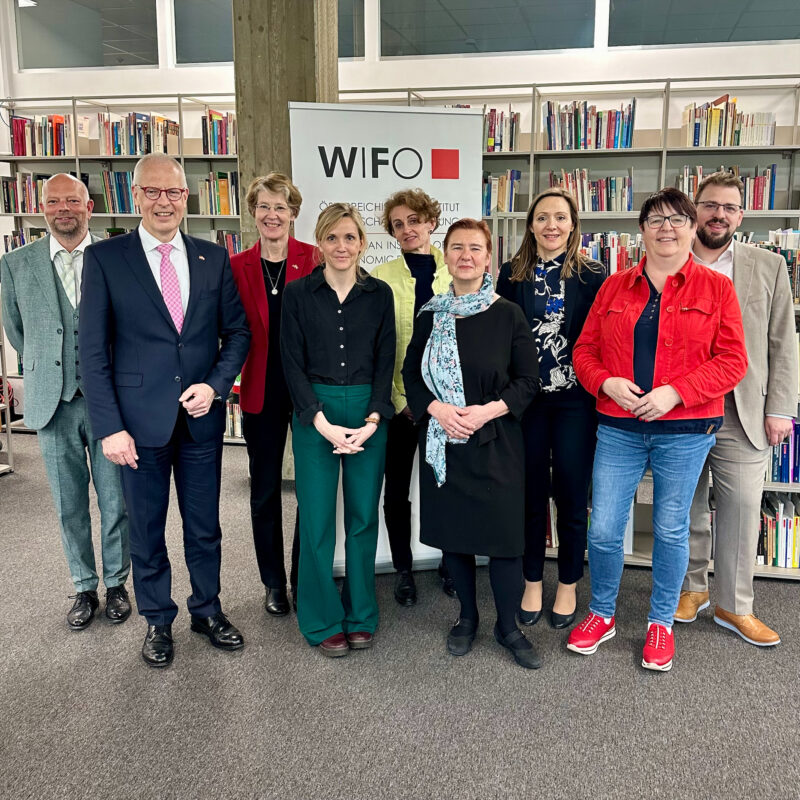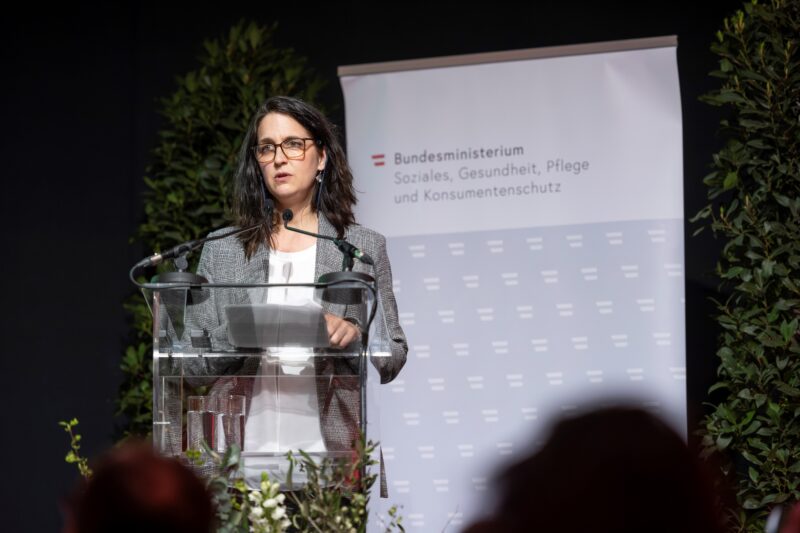
The Last Social Safety Net
About 3 percent of the population received a support benefit within the framework of social assistance or means-tested minimum income. With a share of about 0.7 percent of total social expenditure, the social assistance or means-tested minimum income reduced the poverty risk from 15.2 to 14.7 percent in 2020. Almost 22 percent of the recipients were younger than 15 years (with a population share of 14 percent). In addition to children, the risk group also includes the unemployed, single-parents and persons in poor health.
In the crisis year 2020, one-off payments had a poverty-preventing effect: about 89,000 people escaped poverty as a result. A survey of those affected showed that the financial situation of those affected by poverty worsened in 2022. The long waiting time between application and first payment is experienced as a problem by those affected. Options for the further development of the last social safety net lie on the one hand in the expansion of support benefits, in access and in the amount, and on the other hand in an improved protection in the social security system through higher and continuous income from earned income or income opportunities.
Publications
- Christine Mayrhuber
- Stefan Angel
- Marian Fink
- Silvia Rocha-Akis (WIFO)
- Friederike Weber
- Raimund Haindorfer
- Anna Iby (prospect Unternehmensberatung)
Please contact








